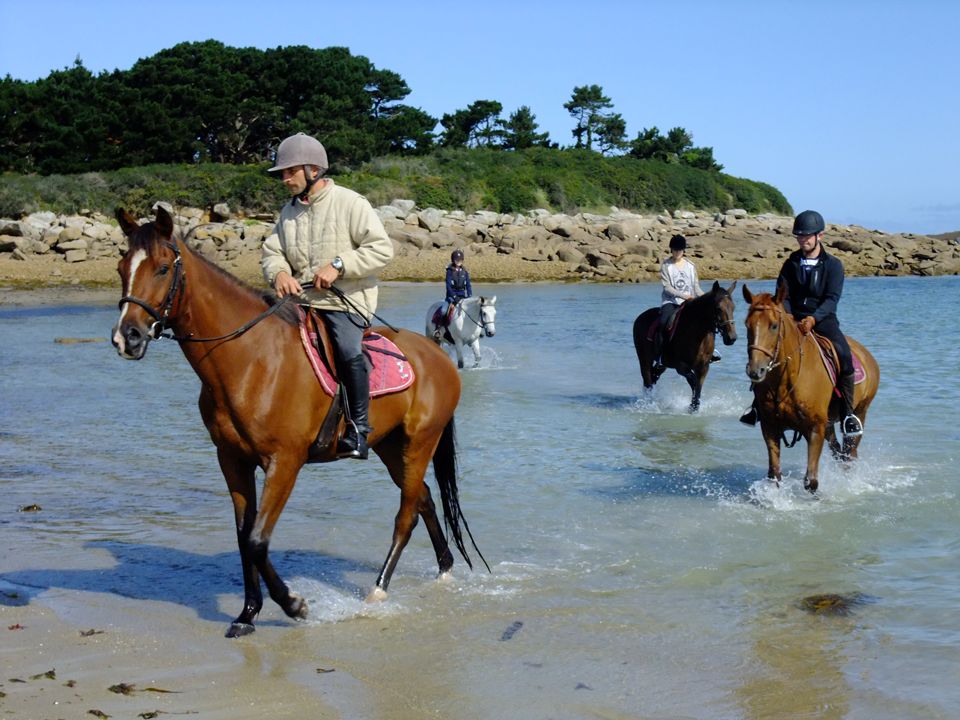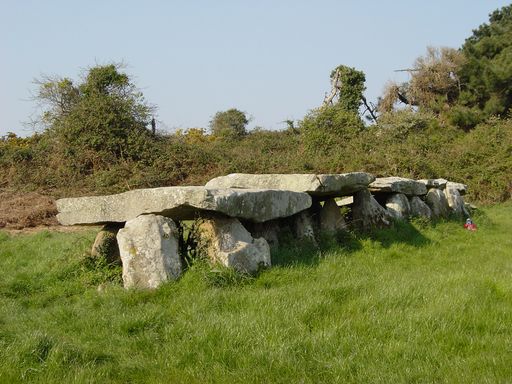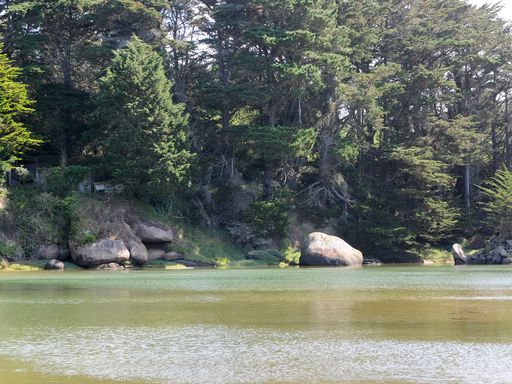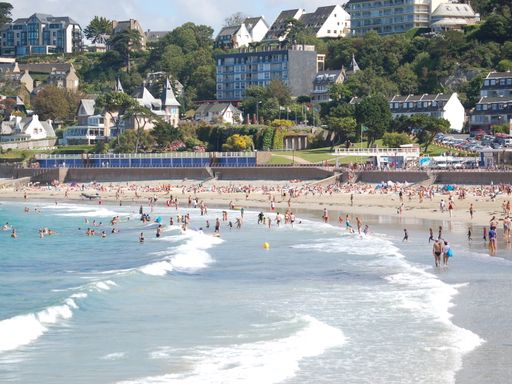
Bringwiller and Kerlavos Bay
Trégastel
About
There is evidence of very early human religious and economic activity in this area. Its name, Brenn Guiler, meaning "hill of the Roman village", bears testament to the presence of the Romans in antiquity. Numerous footpaths enable you to explore the tidal marshland which replaced the old peaty freshwater marsh after the spit of land which used to seal off the cove was breached.


Prajou Menhir
Trébeurden
Probably dating from the third millennium B.C., Prajou-Menhir is the largest of the gallery graves in Trébeurden. It measures 14.5 metres in length and is made up of seven stone slabs. Did you know...  See
See


Traouïero Valley
Perros-Guirec / Trégastel
Exploring the magical countryside of the Traouïero Valley is one part of the trail not to be missed. A small stream runs through this deep, wooded valley, which is flecked with blocks of pink...  See
See


Penvern Chapel
Trébeurden
Located in Penvern, the Notre-Dame de Cîteaux Chapel, among the oldest in the area, is worth the detour for the magnificent altarpiece which it houses. Its paintings and sculptures are a superb...  See
See


Trestraou beach
Perros-Guirec
The bay of Trestraou was at the root of the development of tourism in Perros-Guirec. In the nineteenth century, swimming in the sea was recognised for its curative qualities and became fashionable....  See
See


